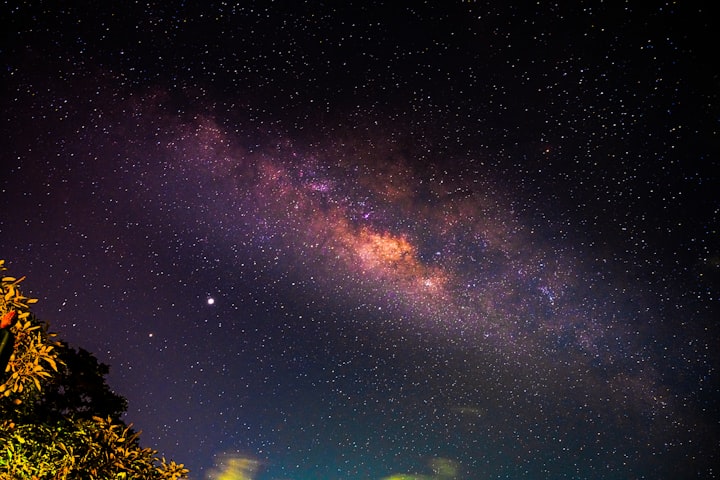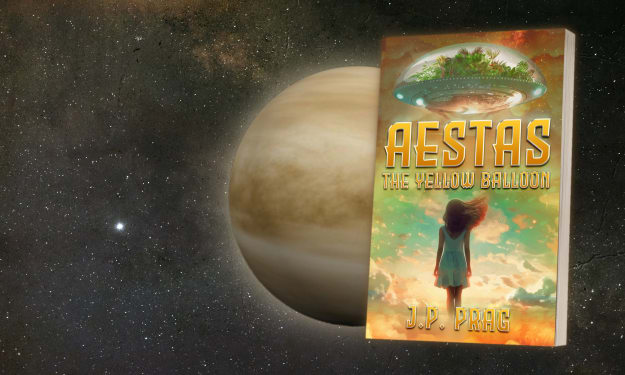Jupiter is approaching the sun, a good opportunity to observe!
Jupiter is the fifth closest planet to the Sun and the largest planet in our solar system in terms of size and diameter

Jupiter's Sunrise
Jupiter is the fifth closest planet to the Sun and the largest planet in our solar system in terms of volume and diameter. Its mass is 2.5 times greater than the mass of all the other planets combined. It is 11 times the diameter of the Earth and almost 1/10 the diameter of the Sun, and although it is relatively far from the Earth, with an average distance from Jupiter to the Sun of 778 million kilometres, about 5.2 times the distance from the Earth to the Sun, Jupiter appears bright from the Earth because of its size. Among the five planets, it is second only to Venus in brightness and can reach a brightness of -2.9 magnitude at sunset, which is very dazzling. The best time to observe Jupiter is around sunset when it can be observed all night long.
This year, Jupiter is in the constellation Pisces, not far from the equinox, during its sunset. The sun rises from the east after sunset and runs due south in the sky at midnight when it is at its highest position. In the morning, Jupiter sets on the southwestern horizon as the Sun rises in the east.
It is worth mentioning that this Jupiter sunrise is slightly different from the usual sunrise. Jupiter is closest to Earth at the time of sunrise, at an average distance of about 600 million kilometres. This distance varies each time the sun rises because Jupiter's orbit around the sun is an ellipse, and at perihelion, it is at its closest distance to the sun, about 741 million kilometres. And at aphelion, the farthest point from the Sun is 817 million km the Sun. It would be closer to us if it were to pass near perihelion when it would be transiting the sun.
Jupiter will pass perihelion on January 20, 2023, less than four months from now. It will be a little closer to Earth at the time of this transit, about 591 million kilometres at its closest point. As a result, Jupiter will be as bright as -2.9 mag, with an apparent diameter of 49.9 arc seconds, the largest and brightest in recent years. The orbital period of Jupiter around the Sun is 11.86 years, which means that Jupiter will only catch a sunset near perihelion once every 12 years. At aphelion, Jupiter's brightness is slightly fainter, with the brightest magnitude of -2.5 and an apparent diameter of just over 44 arc seconds. However, this size is about the largest of all the planets, and only Venus can appear to exceed this size for a short time at its closest approach to Earth.

The rounded surface of Jupiter can be seen with a binocular that is magnified about 10 times. The four brightest moons of Jupiter can of course be seen even more. Telescopes with 20x and 30x magnification can see the bright and dark streaks on Jupiter's surface. With a telescope magnification of a hundred times or more, the streaks can be seen more clearly, just like the dark and light streaks on a wooden board.
The first person to use a telescope to observe Jupiter was the great Italian scientist Galileo. He pointed his telescope to the sky in 1609 and observed the Sun, Moon, Venus, Jupiter, and other celestial bodies. While observing Jupiter, he saw several small stars around Jupiter in addition to the streaks on its surface. Soon also found that the relative positions of these small stars and Jupiter were constantly changing. After long observations, Galileo determined that there were four of these small stars, which were rotating around Jupiter and were its satellites. This was the first time that man discovered satellites outside of the Earth, and was strong proof of Copernicus' heliocentric theory. These four moons of Jupiter are called Galilean moons because they were first discovered by Galileo, and are named Io, Io, Io, and Io in order of proximity to Jupiter. It is slightly smaller than the Earth's satellite moon, the other three are larger than the moon, and Io's diameter is larger than Mercury, which is the largest satellite in the solar system.
The late astronomical historian Xi Zedong believes that Ga DE, an astronomer during the Warring States period, saw Io with his naked eye in the summer of 364 BC, nearly 2000 years before Galileo discovered Jupiter's moons in 1610. Ga DE authored two books, "The Book of the Ages" and "Astronomical Astrology", both of which have unfortunately been lost. However, a part of the book was preserved in the Taiyuan Jujitsu of the Tang Dynasty. Among them is a passage describing the planet Jupiter in Ga D's "Surat of the Year": "Its appearance is very big and bright, and if there is a small red star attached to its side, it is called an ally". This passage of Gander's probably indicates that he had already discovered that Jupiter has small light red moons.
In March 1981, the Institute of Natural Science History of the Chinese Academy of Sciences organized more than 10 students and teachers from a high school in Beijing to observe Jupiter with their naked eyes at the Longing Observatory of the Beijing Astronomical Observatory, and eight of them saw red Io for two consecutive nights. The average brightness of Jupiter's moons is more than 5th magnitude at the time of Jupiter's sunset, with Io being the brightest, reaching a maximum apparent magnitude of 4.5. They are fully visible to the naked eye. The angular distances of these moons from Jupiter are between 2 and 10 arc minutes. For the average person, the maximum apparent magnitude visible to the naked eye is about 6th magnitude and can be resolved at angles of 1 arc min or more, so theoretically they should be visible to the naked eye. However, they are not easy to see with the naked eye because they appear next to the bright Jupiter and are disturbed by the strong light of Jupiter.
If your eyesight is good enough, you can try the challenge of observing Jupiter's moons with the naked eye during Jupiter's sunrise. Choose a clear night with good atmospheric transparency, away from city lights and moonlight, and you can see Jupiter as long as it is more than 2 arcs minutes away. If you can see a red light different from Jupiter's, then concentrate carefully and you will see a small, stable red star close to Jupiter, which is Jupiter.
About the Creator
Cindy Dory
When you think, act like a wise man; but when you speak, act like a common man.






Comments
There are no comments for this story
Be the first to respond and start the conversation.